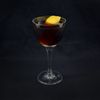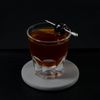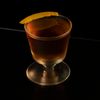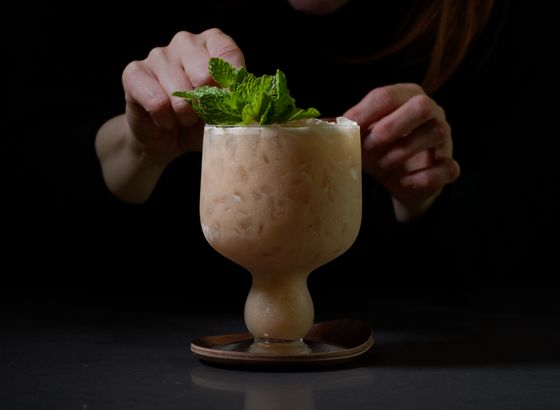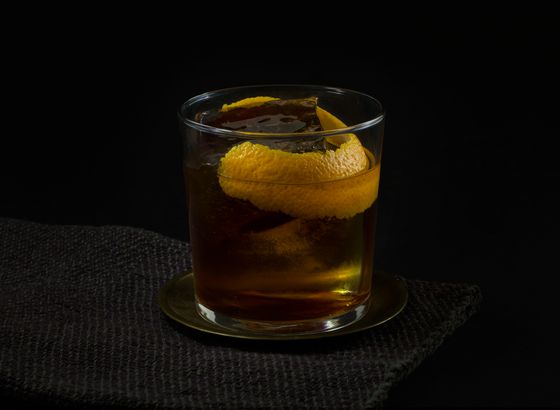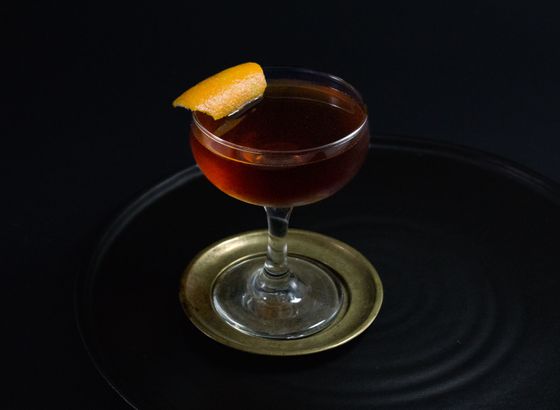
No. 118: Toronto
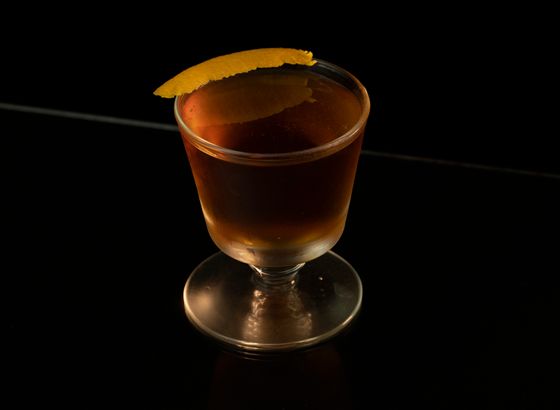
No. 201: Last Man Standing

No. 19: Hanky Panky
fernet
Famously bold and pungent, fernet is as difficult to work with as it is to understand, but the results are usually worth the effort

Fernet is generally agreed upon to be a member of the amaro family, but in the world of italian digestifs, nothing is straightforward, and even this simple quantification is not a unanimous decision. As Brad Thomas Parsons notes in his book Amaro: “Most would agree that fernet is a subcategory or class of amaro, typically defined by common ingredients like aloe ferox, myrrh, and chamomile, but some say no, amaro is amaro, fernet is fernet.” While this stance is less popular, it isn’t unreasonable; fernet follows a specific direction in flavor that is recognizably distinct from traditional amari. While there is no agreed-upon set of ingredients that are necessary to make fernet, it does follow a loose subset of flavors and is typically dryer, with fewer baking notes and more intense medicinal flavors. Some fernets are extremely dry and medicinal, with world-famous fernet-branca serving as CEO of that pack. Mark Bitterman notes in his Field Guide to Bitters & Amari that American’s found fernet-branca so “bitter and unpalatable that 95 years ago authorities acquiesced keeping it legal (for medicinal use) during Prohibition.” Indeed, while fernet-branca’s reputation is strong as a badge amongst industry folk, it holds an equally strong reputation among Americans as something so gross it can be used to play tricks on unwitting friends.
When using fernet in cocktails, it is particularly important to understand how amari and bitters relate. While bitters and amari are considered separate concepts by the United States government and are regulated differently, in concept there is little difference other than intent: amari is meant for sipping, and bitters are meant for mixing; that is the only clear and present difference. The reason it is important to understand this distinction with fernet is that dryer, more herbaceous fernets like fernet-branca are not significantly different from bitters, both in taste and application. Adding a half-ounce of fernet to a cocktail is not remarkably different from adding a half-ounce of Angostura to a cocktail, outside of the fact that Angostura, with it’s balanced and spicy profile, might be more likely to work out. Fernet-branca is a very dry ingredient, and offers very little sugar to balance out its boisterousness. Because of this, most simple cocktails you see here will employ fernet like a bitter. Drinks like the Toronto and hanky panky are outstanding examples of this pattern. In drinks with bigger bodies and more boisterous flavors, fernet can stand up as a base. Drinks like the apotheke, Black Betty, and odd bedfellows follow this pattern.
A second, equally important element to understand when working with fernet is that, like all amari, they can vary wildly in the way they are balanced. The classic fernet-vallet, for example, is much more balanced than branca, with significantly fewer menthol notes and a mild bitterness. The same goes for the popular R. Jelinek. Fernets like these can be used more liberally in drinks like the Toronto and hanky panky, or in the same amount for a milder cocktail. Conversely, newer upstarts like Fernet Francisco or Fernet del Frate offer similarly pungent profiles to the more famous fernet-branca, and should be used with an equally delicate touch.


